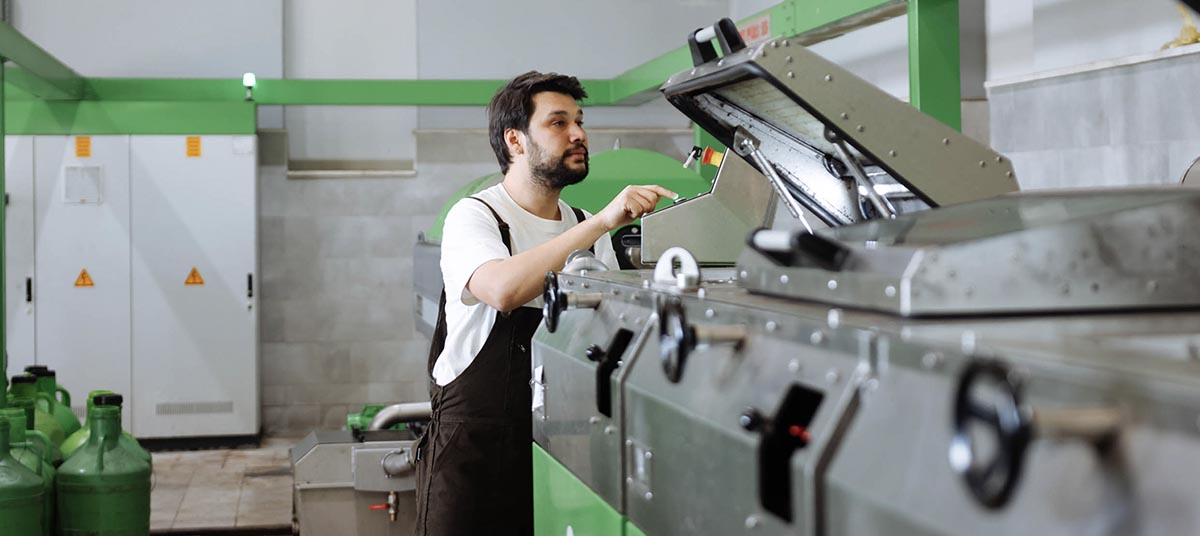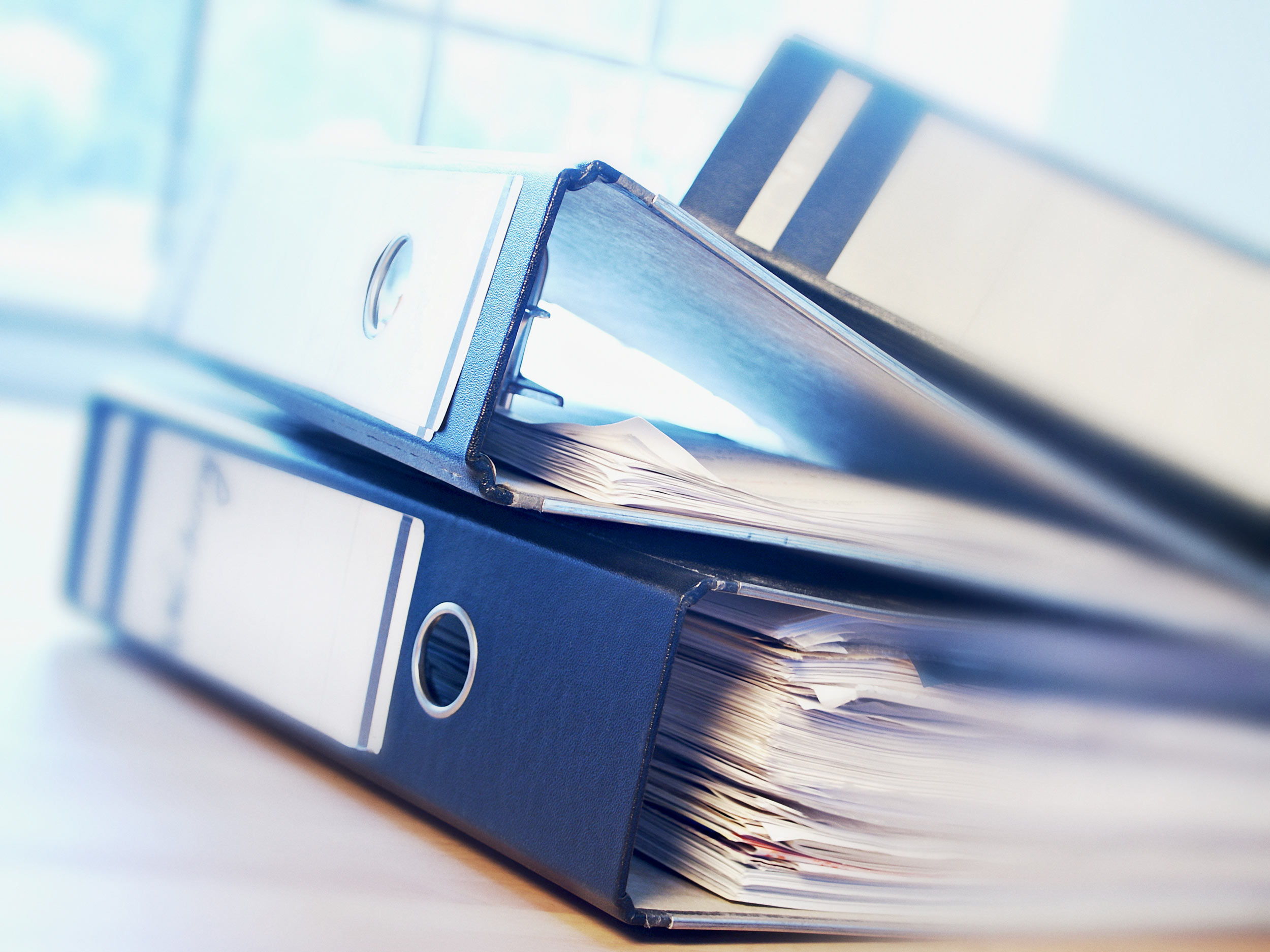LEARNING CENTER

The latest U.S. tax legislation has revitalized bonus depreciation, presenting a significant opportunity for economic stimulation. The "One Big Beautiful Bill Act" has reinstated bonus depreciation at 100%, highlighting its role in business growth during these challenging times, especially after the pandemic. This article delves into the historical context, tax advantages, eligibility criteria, and intricate rules of bonus depreciation, elucidating the recent legislative changes and their implications for businesses.
Historical Context: A Catalyst for Economic Revival - First introduced through the Job Creation and Worker Assistance Act in 2002, bonus depreciation allowed businesses to accelerate cost recovery by immediately deducting substantial portions of qualifying property expenses. Initially set at 30%, the deduction gradually increased to 50% and eventually 100% in certain downturns.
The Tax Cuts and Jobs Act (TCJA) significantly transformed bonus depreciation by approving a 100% first-year deduction for qualified properties. This initiative was crafted to energize capital investments and promote economic growth. However, the TCJA incorporated a sunset clause, scaling back the bonus depreciation rate from 2023, with complete phase-out by 2027.
Tax Benefits of Bonus Depreciation - Bonus depreciation enables businesses to fully deduct asset costs when they are placed into service, offering immediate tax relief and incentivizing investment. This substantially boosts cash flow by reducing taxable income, presenting a compelling incentive for acquiring new assets.
Effective application of bonus depreciation necessitates precise planning. For instance, the Section 199A deduction relies on qualified business income (QBI), where large capital write-offs might lower an entity’s profits, subsequently reducing the Sec 199A deduction. Alternatively, dropping taxable income could help sidestep 199A's phase-outs or limitations.
Eligibility for Bonus Depreciation - Qualified properties include tangible assets with a recovery period of 20 years or less, computer software, water utility assets, and eligible improvements and productions. The IRS defines these recovery periods, such as five years for most business vehicles and seven years for office equipment. Real property does not qualify for bonus depreciation due to recovery periods of 27.5 or 39 years.
TCJA broadened eligible assets to include both new and used properties, making used equipment investments more appealing. Public utilities and dealer property tied to vehicles are excluded, enhancing complexity.
Qualified Improvement Property - Initially facing legislative challenges, the TCJA's intent was to consolidate properties like leasehold, restaurant, and retail improvements into a bonus-depreciation-eligible category using a 15-year MACRS. An oversight, later rectified by the CARES Act, initially excluded these properties.
Revoking Bonus Depreciation and AMT Impact - Typically, revoking bonus depreciation requires IRS approval unless performed on a timely filed return, allowing for revocation within six months on an amended return. Notably, properties with claimed bonus depreciation are exempt from alternative minimum tax (AMT) adjustments, aligning AMT depreciation relief with general tax regulations.
Business Automobiles and Other Depreciation Rules - Specific rules and deduction limits apply to luxury autos, with depreciation limits increased by $8,000 during bonus depreciation years per the TCJA. Assuming continuation under OBBBA, this benefit persists.
Related-party rules and Section 179 applications demand pre-bonus depreciation adjustments, complicating matters further. Section 179 offers another asset purchase deduction option, though recapture is required if business utility reduces to 50% or less in later years.
OBBBA Provisions - The legislative act extends 100% deduction for qualified properties purchased post-January 19, 2025. For properties serviced between January 1 and January 19, 2025, bonus depreciation remains 40%.
This consistency grants businesses long-term planning capabilities and aligns investments with policies supporting economic growth.
Qualified Production Property - Amid previous limitations on tangible personal property, OBBBA enables the immediate full deduction of certain new factories, factory improvements, and structures after July 4, 2025. Taxpayers can deduct the full adjusted basis of qualified production property for the service year.
Qualified Production Property pertains to nonresidential assets meeting specific criteria:
o The property must integrate into a qualified production activity.
o It must be operational in the U.S. or its territories.
o The taxpayer must initiate its original use.
o Construction starts after January 19, 2025, and before January 1, 2029.
o The taxpayer must elect this designation on their tax return, per IRS instructions.
o The property must operate by January 1, 2031.
o Certain functions, like offices and administrative services, remain ineligible.

Production Machinery - While manufacturing machinery, which does not qualify as production property, doesn't receive this deduction, it generally qualifies for the 100% bonus depreciation under OBBBA.
Qualified Production Activity - Generally, such activities involve substantial property transformation through manufacturing, production (agriculture and chemicals only), or refining, excluding ineligible processes.
To qualify, the activity must ensure significant alteration, excluding certain agricultural and chemical outputs. Recapture rules apply if the property's use changes within 10 years.

Bonus depreciation is a pivotal aspect of strategic tax planning, supporting capital investments through significant tax incentives. However, understanding intricate qualification and strategic planning around QBI deductions, AMT implications, and eligibility is crucial. This article underscores the enduring relevance of bonus depreciation in business planning and fostering U.S. manufacturing growth, appealing to businesses of all sizes. For personalized advice, please contact Hope St. Clair at Cherokee CPA.

Contact Hope St. Clair at Cherokee CPA with any questions on how bonus depreciation can benefit your business’s economic efforts.
Sign up for our newsletter.
You can count on us for professional, timely, and reliable tax and accounting services. If you’re ready to get started, just fill out this form and we’ll be in touch.




